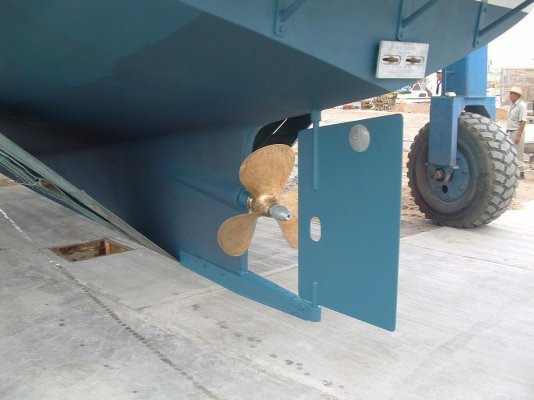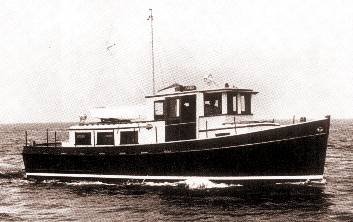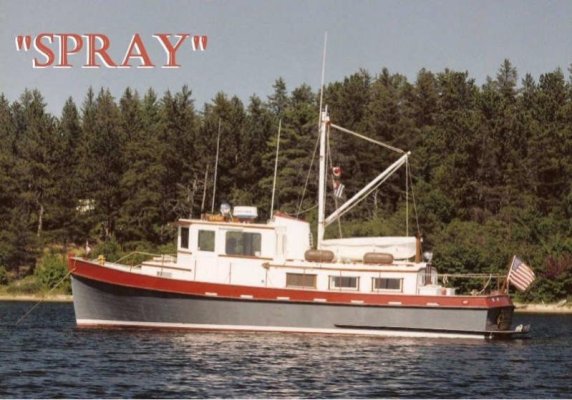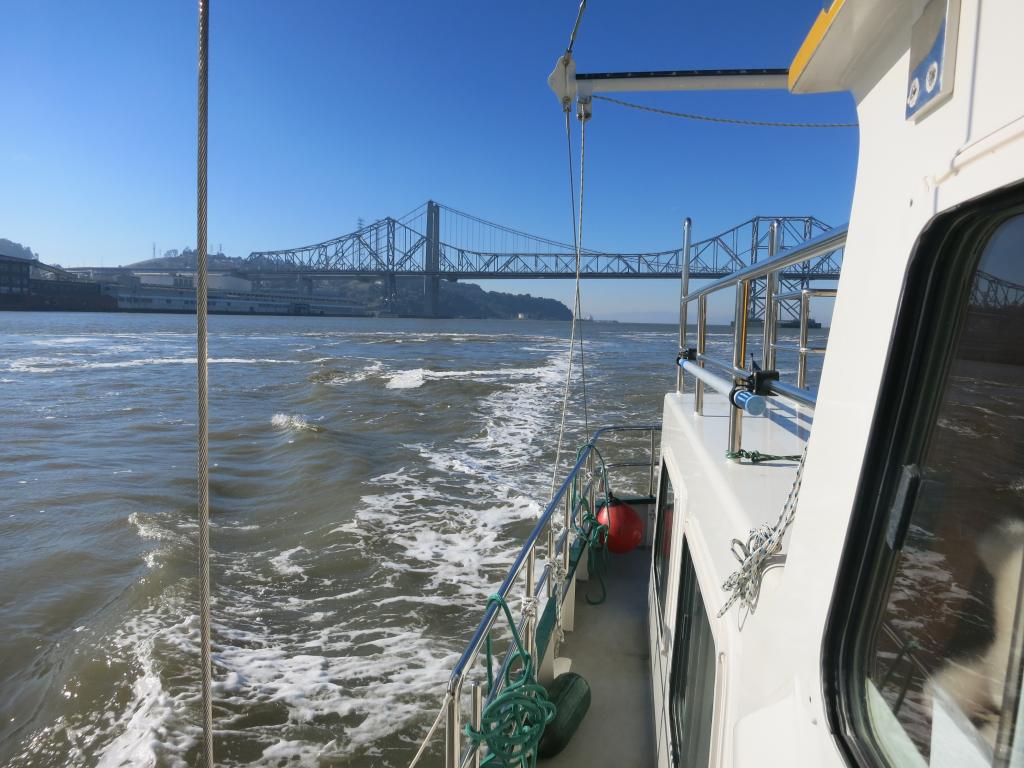So what is it, on recreational boats is the protected keel thing just a "I have it so it is good," reason to get careless, sales and panacea gimmick or is it for real? BTW, good old Art put the keel below the props.
I think it's both. The protected prop and rudder on the typical single engine cruiser defintely offers some protection against debris and from "gentle" groundings on mud or sand bottoms.
But I'm aware of more instances of people with single engine boats (including sailboats) fouling their prop on crab pot lines or other debris than I am of people with twins doing the same thing. So this plus what I read on this forum from time to time would indicate there may be a false sense of security at play, too.
I think for the most part people with twins are very much aware of the potential vulnerability of their running gear and so take particular care to avoid hazards in the water.
We certainly do, steering around things like eelgrass and kelp mats, picking the best path through a debris-laden tide or current line, and keeping a sharp eye out at all times for things like branches, logs, lumber bits, crab and shrimp pot floats and so on.
If the light is such that it makes these things hard to see, or if we're in an area crowded with pot floats we put two peopke at the helm to better our chances of running over something.
Our boat doesn't have an autopilot anymore and this is one advantage of hand steering in waters that can have quite a bit of debris in it in that the helmsperson is always aware of what's in front of the boat because he or she can't leave the wheel and get involved in something else.
I'm not advocating not using an autopilot by any means-- most of the people we know who have and use them seem to be every bit as vigilant as we are, although we know a couple of people who have them but don't use them because they are more comfortable hand steering when there's lots of stuff in the water.
And the bottom of the keel of a GB twin is lower than the props and rudders by a fair amount which is beneficial if the boat touches ground while docked or moored during a very minus tide.
Last edited:












